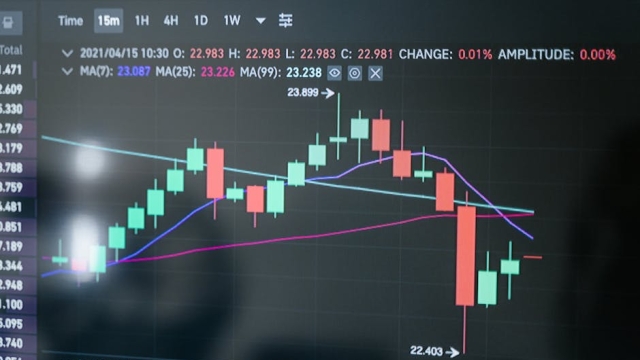
Overview of Blockchain Scalability Challenges

Blockchain technology has revolutionized various sectors by providing decentralized and secure systems for transactions and data management. However, one of the key challenges that blockchain networks face is scalability. As the demand for blockchain applications grows, the ability of these networks to efficiently process large volumes of transactions becomes critical. This article delves into the challenges of blockchain scalability and explores various solutions designed to enhance the performance of blockchain networks.
Overview of Blockchain Scalability Challenges
Scalability in blockchain refers to the capacity of a network to handle an increasing number of transactions without compromising speed or efficiency. The primary challenges include limited throughput, which refers to the number of transactions processed per second, and latency, which is the time taken to confirm transactions. Networks like Bitcoin and Ethereum often struggle to accommodate high transaction volumes, leading to delays and increased fees. Additionally, the decentralized nature of blockchain can create bottlenecks, where consensus mechanisms may slow down processing times as more nodes are added to the network.
Layer 1 Solutions
Layer 1 solutions involve changes made to the base blockchain protocol itself to improve scalability. Some notable approaches include:
Sharding
Sharding is a method that divides the blockchain into smaller, more manageable pieces called shards. Each shard processes its transactions and smart contracts, allowing for parallel processing. This significantly increases the overall transaction throughput of the network.
Consensus Mechanism Improvements
Enhancing consensus mechanisms can also improve scalability. For example, transitioning from proof-of-work to proof-of-stake reduces the computational burden on the network, enabling faster transaction validation. Networks that adopt more efficient consensus algorithms can achieve higher throughput.
Layer 2 Solutions
Layer 2 solutions operate on top of the existing blockchain and aim to alleviate congestion without altering the base layer. Some effective Layer 2 solutions include:
State Channels
State channels allow parties to conduct transactions off the main blockchain, only settling the final state on-chain. This reduces the load on the network and speeds up transaction times, making it ideal for microtransactions and frequent interactions.
Sidechains
Sidechains are separate blockchains that are interoperable with the main chain. They allow for the execution of transactions without congesting the main network, providing flexibility and scalability. Assets can be transferred back and forth between the main chain and the sidechain to maintain security while improving scalability.
Rollups
Rollups bundle multiple transactions into a single one, reducing the amount of data that needs to be processed on-chain. There are two types: optimistic rollups, which assume transactions are valid unless proven otherwise, and zk-rollups, which use cryptographic proofs to ensure validity. Both methods significantly enhance the transaction throughput.
Comparative Analysis of Scalability Solutions
To better understand the advantages and disadvantages of various blockchain scalability solutions, the following table provides a comparative overview:
| Solution Type | Pros | Cons |
|---|---|---|
| Sharding | Increases throughput; parallel processing | Complex implementation; security concerns |
| Consensus Mechanism Improvements | Reduces energy consumption; faster transaction times | Potential centralization; requires network consensus |
| State Channels | Fast transactions; low fees | Limited use cases; requires participants to be online |
| Sidechains | Flexible and scalable; reduces main chain congestion | Security risks; requires trust in sidechain |
| Rollups | High throughput; lower fees | Complexity in implementation; dependency on main chain |
Real-World Implementations and Case Studies
Several blockchain projects have successfully implemented scalability solutions. For instance. Ethereum is exploring both sharding and rollups to enhance its network capacity. Additionally, the Lightning Network for Bitcoin showcases the effectiveness of state channels, enabling rapid and inexpensive transactions.
Future Trends and Innovations in Blockchain Scalability
The future of blockchain scalability solutions is promising, with ongoing research and development focused on enhancing existing technologies and exploring new concepts. Innovations such as cross-chain interoperability and advanced cryptographic techniques may further improve the scalability of blockchain networks. In conclusion, addressing scalability challenges is essential for the widespread adoption of blockchain technology. By leveraging both Layer 1 and Layer 2 solutions, it is possible to enhance the efficiency and performance of blockchain networks. The exploration and implementation of these blockchain scalability solutions will play a crucial role in shaping the future of decentralized applications and services. For more insights and developments in this field, you can explore additional resources on [blockchain scalability solutions](https://blocknews.com).



